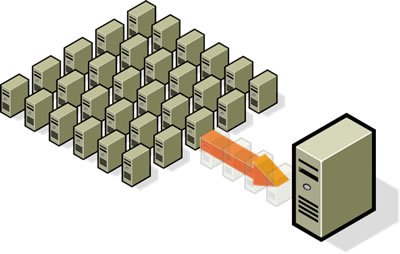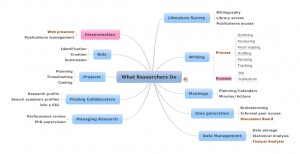Are you trying to raise your research profile?
profile?
Then why not add your details to Piirus?
From their help page:
What is Piirus?
Piirus helps you to connect with other researchers – it’s as simple as that.
If you want to make contacts, or find a collaborator, within your field or from a different discipline, then Piirus is a quick and easy tool to help you get in touch.
How does it work?
Sign up and create a short profile with your collaboration interests, research areas and methodologies. You can also add links to external sites where other users can find out more about you, such as your LinkedIn, your blog or your Academia.edu entry.
As soon as you have a profile, Piirus will suggest researchers with whom you may be interested in collaborating, based on the information in your profile. You can also search for users with particular interests, expertise or techniques.
What can Piirus do for me?
It can help you to:
make contacts for your research and your career, both within your institution and beyond
find expertise on a specific topic or technique
make interdisciplinary connections to refresh your work and widen funding opportunities
improve the visibility of your research outside your institution
Who can sign up to Piirus?
Piirus is open to any researchers from academic institutions and research centres. This includes doctoral researchers, early career researchers and research active staff.
You’ll need to sign up using your academic email address.
How is Piirus different from sites like LinkedIn and Academia.edu?
Piirus is a quick and easy tool to help you make contacts and find collaborators. We keep it simple by focusing on connecting researchers. On Piirus you make yourself known for what you are wanting to research or collaborate on RIGHT NOW, and it’s simple to link out to all the other websites that you are currently on, such as your departmental profile or portfolio, blog, LinkedIn or Academia.edu profiles. There is less effort to create and maintain a Piirus profile because you don’t have to enter all the information your other profiles contain separately onto your Piirus profile.
About Piirus
Piirus started life in 2011 as Research Match, a service designed for researchers within the University of Warwick to find their research match. Users found the site so useful that we decided to expand it, so that more people could enjoy this tool.
Piirus is managed by the University of Warwick.


 BU has recently set up the
BU has recently set up the  Social Media: A guide for researchers
Social Media: A guide for researchers













 BU attendance at third annual GCPHR meeting in June
BU attendance at third annual GCPHR meeting in June Interactive Tangible and Intangible Heritage Applications – BU student work featured in new book chapter
Interactive Tangible and Intangible Heritage Applications – BU student work featured in new book chapter Second NIHR MIHERC meeting in Bournemouth this week
Second NIHR MIHERC meeting in Bournemouth this week MSCA Postdoctoral Fellowships 2025 Call
MSCA Postdoctoral Fellowships 2025 Call ERC Advanced Grant 2025 Webinar
ERC Advanced Grant 2025 Webinar Horizon Europe Work Programme 2025 Published
Horizon Europe Work Programme 2025 Published Horizon Europe 2025 Work Programme pre-Published
Horizon Europe 2025 Work Programme pre-Published Update on UKRO services
Update on UKRO services European research project exploring use of ‘virtual twins’ to better manage metabolic associated fatty liver disease
European research project exploring use of ‘virtual twins’ to better manage metabolic associated fatty liver disease